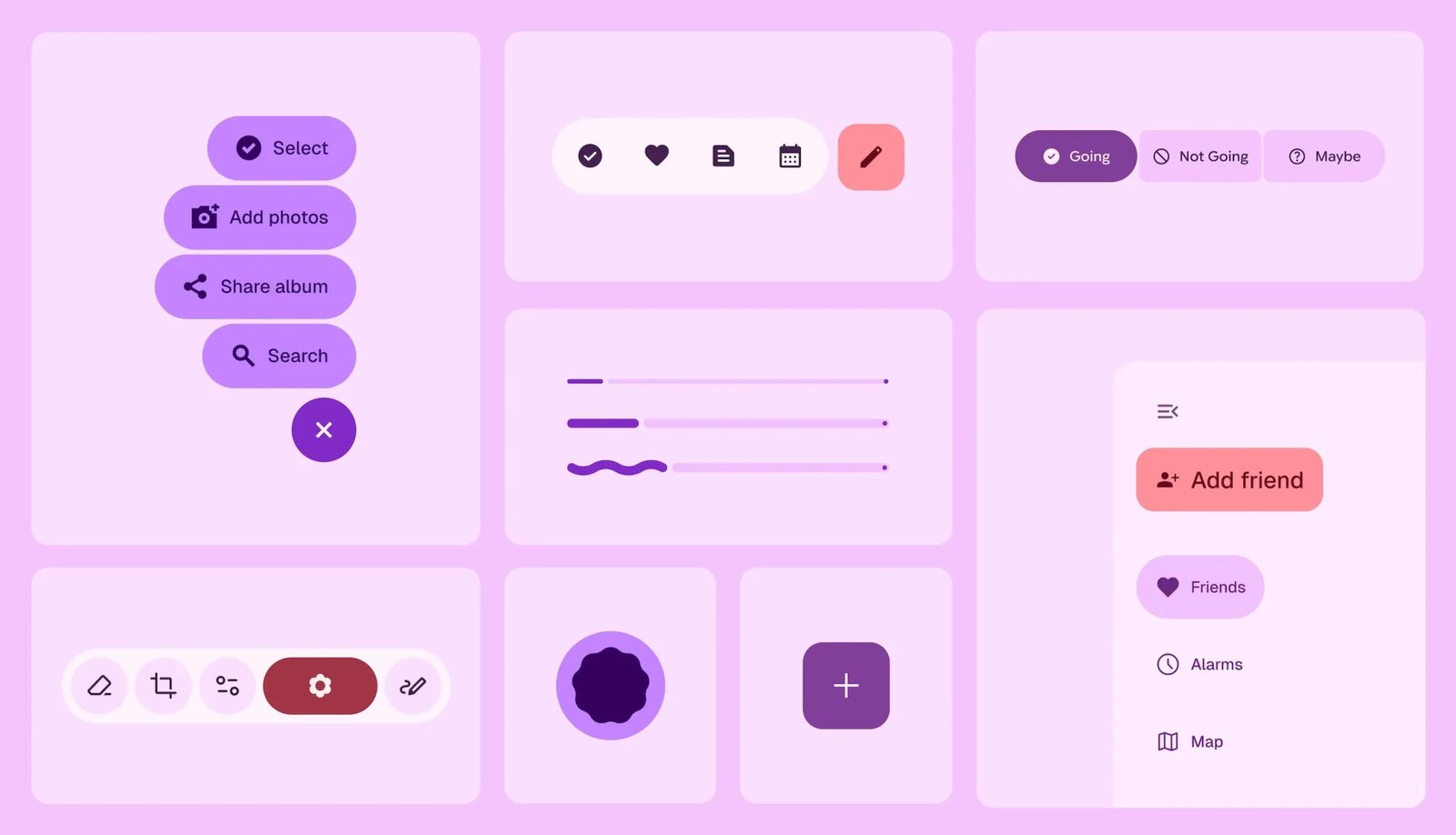It’s hard to believe that over a decade has passed since Google unveiled Material Design. Throughout the years, we’ve seen its influence shape many applications and the Android OS as a whole. However, the evolution continues. Ahead of Google I/O later this month, an unintentional blog post introduced Material 3 Expressive, providing a glimpse into the future of Android’s design language.
According to Google, “Material 3 Expressive originated from research—not merely in the 41 shades of blue way that relies on data for design decisions, but through a collaborative inquiry that included research, design, and engineering.”

Through studies on eye tracking (which identifies where users focus their attention), surveys, focus groups, and usability tests, Google established that “Material 3 Expressive principles are deeply rooted in robust research and built upon established usability best practices.” Altogether, Google conducted 46 individual research studies with over 18,000 participants worldwide.
You’ll notice that several mockups showcase M3 Expressive’s strong emphasis on color and shapes. Floating toolbars are also a significant feature, ensuring that key tools and functions are just a click away for users.

As we approach Google I/O, we anticipate more updates regarding M3 Expressive. However, keep in mind that insights into Google’s design research might indicate we’re still a ways from seeing these changes implemented in Android. Similar to the rollout of the original Material Design, updates will likely be gradual, first appearing in apps before making their way to the operating system. These transitions take time.
That said, the designs already look fantastic, and these mockups have us eager for the potential future of Android.
// 9to5Google
